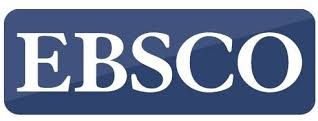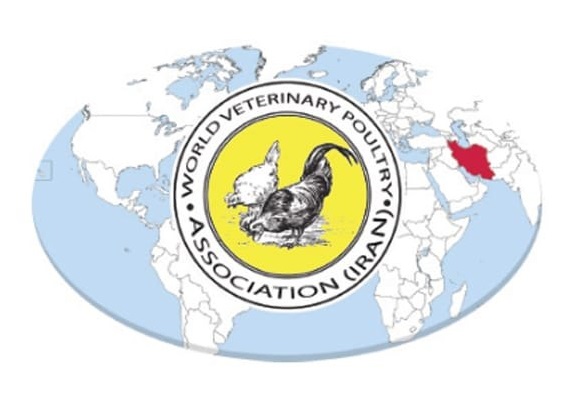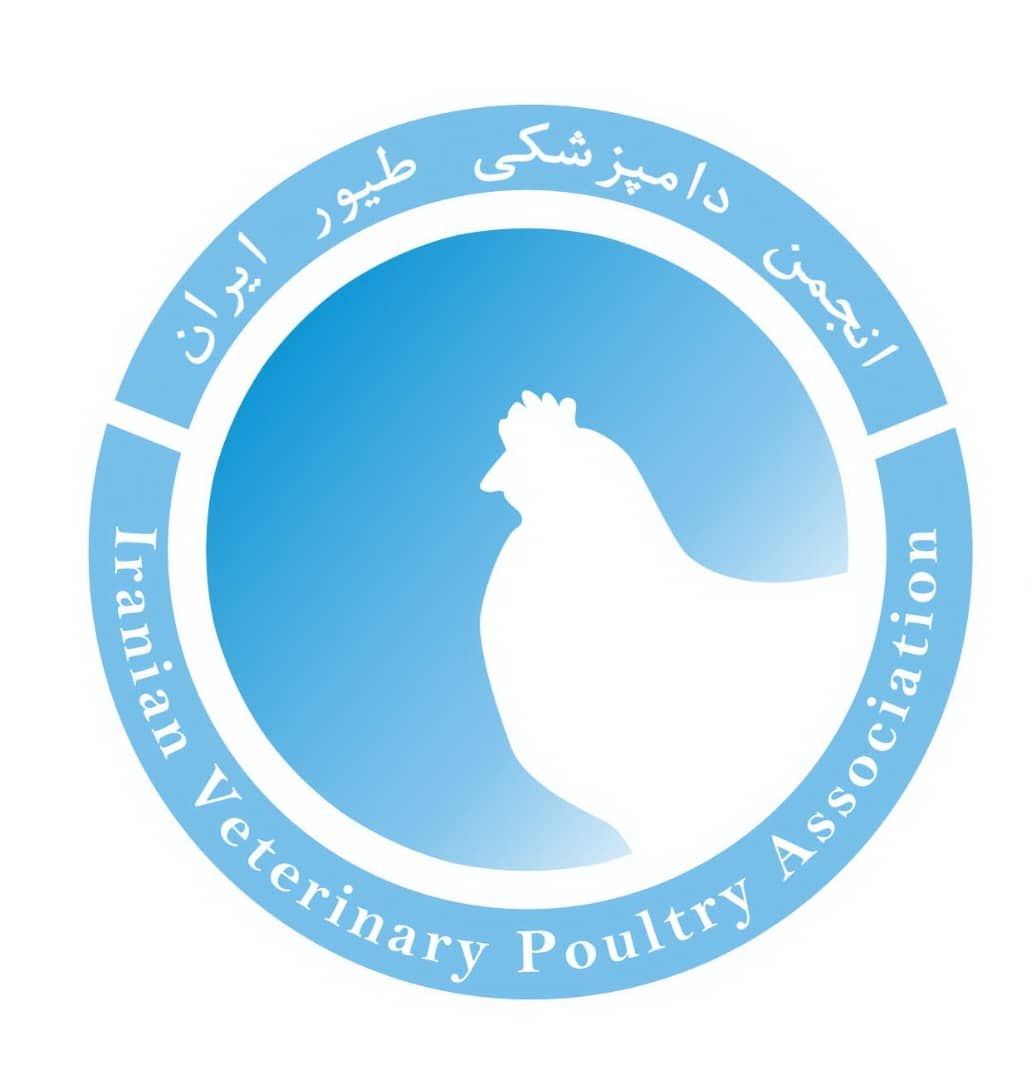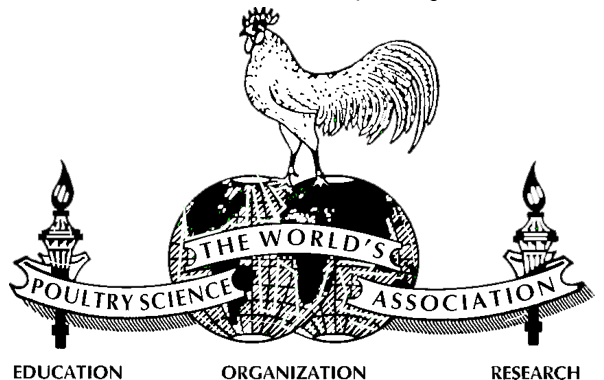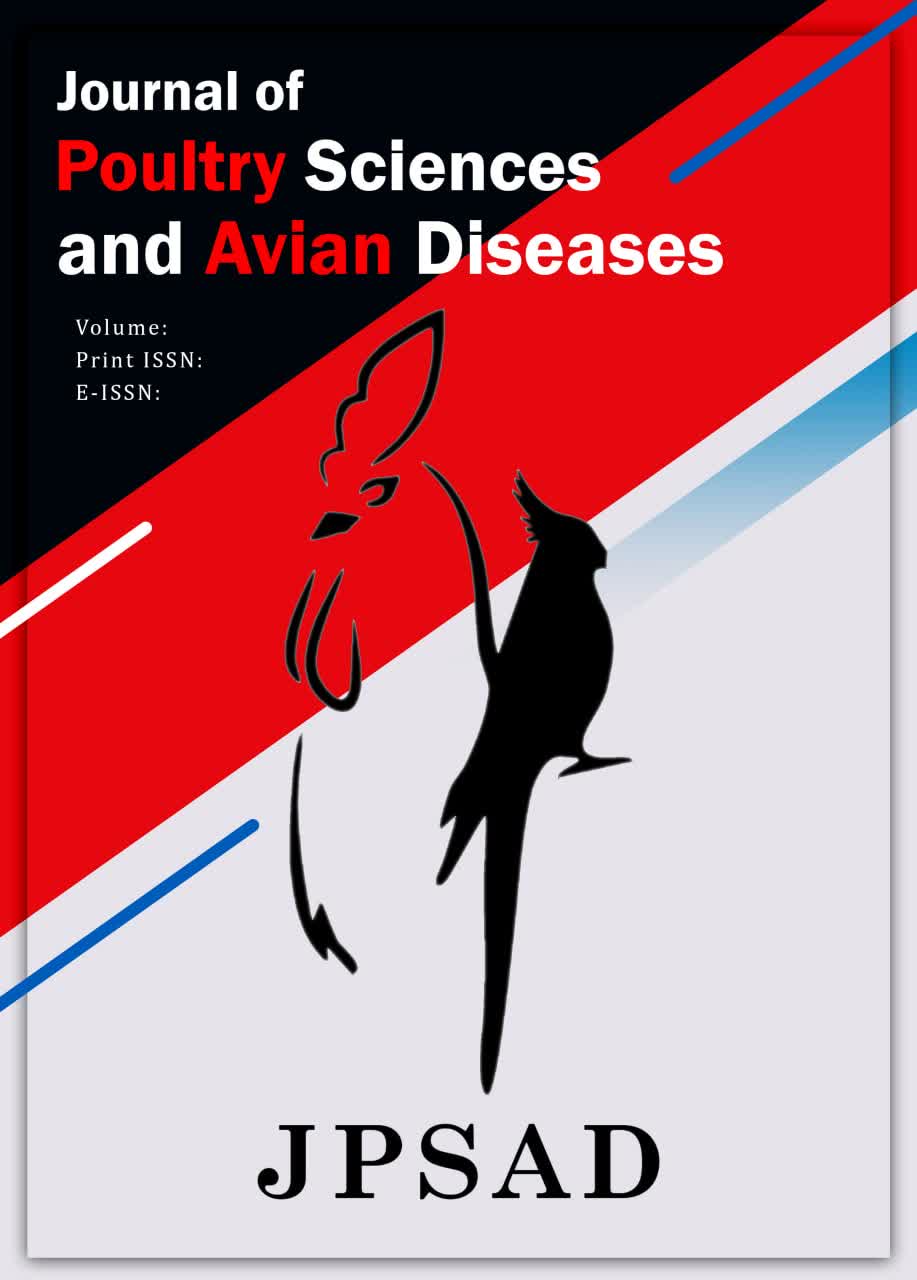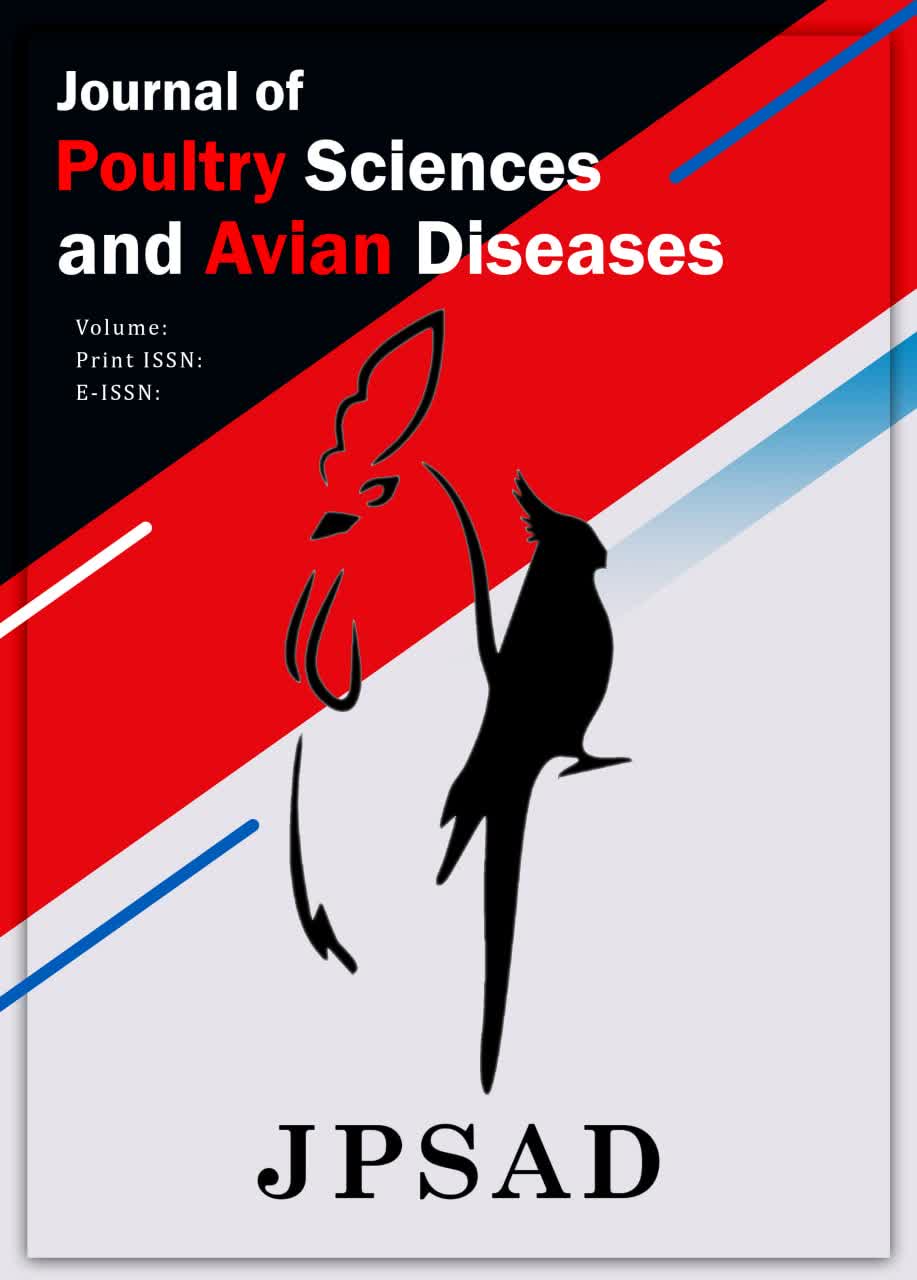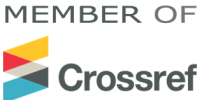Submissions
Author Guidelines
Authors are invited to submit their work to this journal. An editor will assess all submissions to determine whether they meet the aims and scope of this journal. Those considered a good fit will be sent for peer review before a decision is made on whether they will be accepted or rejected.
Before submitting, authors are responsible for obtaining permission to publish any material included in the submission, such as photos, documents, and datasets. All authors on the submission must consent to be identified as authors. Where appropriate, research should be approved by an ethics committee that meets the country's legal requirements for conducting the study.
An editor may reject a submission if it does not meet minimum quality standards. Before submitting, please ensure the study design and research argument are properly structured and articulated. The title should be concise, and the abstract should be able to stand alone. This will increase the likelihood that reviewers will agree to review the paper. When you are satisfied that your submission meets this standard, please follow the checklist below to prepare your submission.
Video Articles:
AI-Generated Content Policy
Authors can use artificial intelligence (AI) tools, such as language models and data analysis software, to prepare their manuscripts. However, the following conditions must be met:
AI tools may assist in writing, editing, or summarizing content, but should not be listed as authors. Authors must take full responsibility for the manuscript's accuracy, originality, and ethical integrity.
Any AI-generated text, figures, tables, or data analysis must be explicitly disclosed in the Methods or Acknowledgments section. The extent of AI involvement should be clearly stated.
AI-generated content should not replace the authors' critical analysis, interpretation, or intellectual contribution.
Failure to disclose AI-generated content may result in rejection or retraction of the manuscript.
Plagiarism and Similarity Check
The journal follows a strict plagiarism policy to ensure the originality of submitted manuscripts. The acceptable similarity index is as follows:
Overall Similarity Index: Must not exceed 15% as checked by plagiarism detection software (e.g., Turnitin, iThenticate).
Single Source Similarity: Any single source must not contribute more than 5% of the total content.
Self-Plagiarism (Text Recycling): Authors must ensure that the manuscript does not overlap significantly with their previously published work. Proper citation is required if reusing their content.
Manuscripts exceeding these thresholds may be rejected or sent back for revision. In cases of suspected intentional plagiarism, the manuscript will be reported to the corresponding institutions, and the authors may face a ban on future submissions to these institutions.
Instructions for Authors:
To ensure a smooth submission process, please follow these guidelines:
Familiarize yourself with the Aims and scopes of our journal to determine if your manuscript is a good fit.
Ensure that your manuscript meets our standards for publication ethics, research ethics, copyright, authorship, figure formats, data, and references.
Ensure that all authors have reviewed and approved the content of the submitted manuscript.
Types of Publications:
Journal of Poultry Sciences and Avian Diseases (JPSAD) welcomes manuscripts of any length, provided they are concise and comprehensive. To ensure reproducibility, authors should include full experimental details and make all datasets and experimental controls available. Manuscripts should be in English and should not have been previously published or under consideration for publication elsewhere. The following article types are accepted:
- Original Manuscripts:
JPSAD only considers original manuscripts that have not been published or submitted elsewhere. Additionally, if the text, tables, and figures are the same as those published elsewhere, JPSAD will disregard the manuscript.
- Review and Meta-analyses Manuscripts:
All reference materials used in systematic, scoping, narrative reviews, and meta-analyses should be appropriately selected and reported in accordance with the PRISMA guidelines to ensure transparency and reproducibility, All authors submitting systematic reviews, scoping reviews, narrative reviews, or meta-analyses should adhere to the PRISMA (Preferred Reporting Items for Systematic Reviews and Meta-Analyses) guidelines. Use of the most recent PRISMA checklist and flow diagram is required for transparent reporting of search strategies, inclusion/exclusion criteria, study selection, and data synthesis methods. Submission of the PRISMA protocol (PRISMA-P) or registration of the review protocol (e.g., in PROSPERO) is also strongly recommended to ensure methodological rigor and transparency.
- Case Reports:
These reports should follow the format of a regular manuscript to enable other researchers to reproduce the reported results and should include the following:
- A clear and concise description of the medical history supported by appropriate laboratory tests.
- Epidemiological and statistical data.
- High-quality images of clinical symptoms, gross lesions, histopathology, and other relevant images.
- Response to treatment or preventive/control measures.
- Letters to the Editor:
JPSAD also accepts letters to the editor. These letters can be on topics of interest or in response to articles published in JPSAD. The guidelines for submitting letters to the editor are as follows:
The letter should be concise and to the point, with a maximum length of 500 words.
The letter should include the author's full name, affiliation, and contact information.
The letter should be submitted as a Word document to the JPSAD editorial office via the online submission system.
The editorial board will review the letter, and the editor-in-chief reserves the right to edit or reject any letter that does not meet the journal's standards.
- Technical Note:
A technical note is a brief article that presents a concise description of a specific development, technique, or procedure relevant to avian and poultry sciences. It may also report a modification of an existing method, procedure, or device applicable to research, diagnostics, or management in poultry science. The described technique or innovation should have clear practical value and contribute meaningfully to the understanding, health, or production efficiency of avian species.
Submission Process
To submit a manuscript to the Journal of Poultry Sciences and Avian Diseases, please visit http://jpsad.com and follow the instructions on the website. The corresponding author is responsible for the manuscript during the submission and review process and should ensure that all authors have been included in the author list. To submit your manuscript, please register and log in to the submission website. Once you have registered, click on the submission form and follow the instructions.
Manuscript Preparation
Pre-acquisition files that included:
- Cover Letter
Send the cover letter separately from the manuscript. It should be sent to the editor-in-chief for publication in the Journal of Poultry Sciences and Avian Diseases, including any relevant information to help evaluate the article's suitability. Also, confirm that the manuscript has not yet been published (in another language) and will not be reviewed by another journal until the final decision of JPSAD. In addition, all authors meet the author criteria and have approved the final manuscript.
- Conflict of interest and Author contribution statement (Essential)
Authors must complete the conflict of interest disclosure form. Please note that the authors' contribution information will be displayed in the final version for printing.
Changes to Authorship:
Authors should carefully review the author list and order before submitting a manuscript, and provide the final author list at the time of original submission. Any changes in the author list should only be made before the manuscript's acceptance and with the Editor-in-Chief's approval. To request a change in authorship, the editorial board must receive from the relevant author (a) the reason for the change and (b) written confirmation (e-mail, letter) from all authors involved agreeing to the addition, deletion, or conversion. When authors are added or removed, this includes confirming the addition or removal of an author.
Title page:
Title page included:
- Title: The title of your manuscript should be concise, specific, and relevant to the content of your article. It should preferably not contain verbs. Abbreviated or short forms of the title, such as a running title or head, should not be used as the main title. A running title, a shorter version of the main title, is also required and should reflect the article's content.
- Authors' List and Affiliations: Authors' full first and last names and academic e-mail addresses must be provided. The standard format is used for affiliations, which includes complete address information, such as city, zip code, state/province, and country. One author should be designated as the corresponding author. The e-mail addresses of all authors will be displayed on published papers. After acceptance, updates to author names or affiliations may not be permitted.
- Graphical abstracts (optional): Authors are asked to submit a Graphical Abstract (GA) with the article. This only appears in the web version of the published article. GA should be engaging and give the reader an immediate visual impression of the article's core without specific results. It would be helpful to think of GA as a single PowerPoint slide to explain the article's purpose. The GA can be a diagram, drawing, structure, or photograph. Text captions may be present, but keep the text to a minimum. GA must be a fully original, unpublished work created by one of the authors that no longer appears in the body of the manuscript. GA should be as simple as possible and colored. To utilize the frame width on the magazine website, the AG should be as close to 525 pixels as possible. There is no limit to the height, but it must be proportional to the width for the AG to appear visually appealing.
Manuscript Files with and without Author Names:
Original research manuscripts should be submitted both with and without author names and include the following sections in the following order:
Title: The title should match the one on the title page.
Abstract: The abstract should be a paragraph of no more than 300 words. It should follow the style of structured abstracts without headings that include these points:
Place the question addressed in a broad context and highlight the purpose of the study. Briefly describe the main methods or treatments applied, including any relevant preregistration numbers and species and strains of any animals used. Summarize the article's main findings. Indicate the main conclusions or interpretations.
Keywords: Authors are required to select 5–7 keywords from the MeSH (Medical Subject Headings) database. Keywords that are not listed in MeSH will not be accepted.
Highlights:
Provide 3 to 5 bullet points summarizing the key findings or contributions of the study.
Each point should be concise (maximum 85 characters) and clearly state the novelty or significance of the work.
Focus on the main outcomes, innovations, or applications relevant to avian and poultry sciences.
Avoid repeating the abstract or using vague statements.
Highlights should be placed after the Keywords section in the manuscript.
Introduction:
The Introduction should be concise yet informative. It should provide background information on the topic and clearly state the problem and reason for presenting the findings. References should fully support all statements. The Introduction should be useful not only to experts in the field but also to non-experts. There should be no statement of the results at the end of the Introduction.
Materials and Methods:
The experimental design should be described clearly and in enough detail for another researcher to duplicate it. Be clear and explicit about relevant information. Identify the materials and equipment used in the research and list the equipment manufacturers by name and address.
Results:
The result section of a manuscript submitted to JPSAD should present a clear and concise summary of the study's findings. The guidelines for reporting results in JPSAD are as follows:
- The results should be presented logically and systematically, with subheadings to organize the findings effectively.
- The results should be presented clearly and concisely, using tables, figures, and graphs where appropriate, to facilitate easy understanding and interpretation.
- The results should be reported accurately and objectively, with any limitations or potential sources of bias clearly stated.
- The results should be compared to the relevant literature, with any differences or similarities discussed in detail.
- The results should be presented using appropriate statistical methods, with p-values and confidence intervals reported where applicable.
- The results should be presented in a manner consistent with the study's aims and objectives, with any unexpected or contradictory findings explained and discussed.
- The results should be presented in a manner free from personal biases or subjective interpretations.
Discussion and Conclusion:
The discussion and conclusion section of a manuscript submitted to JPSAD should provide a critical analysis of the study findings and their implications. The guidelines for reporting the discussion and conclusion in JPSAD are as follows:
1. The discussion section should critically analyze the results, highlighting their strengths and weaknesses.
2. The discussion section should interpret the results in light of the study objectives and the relevant literature, with any discrepancies or similarities discussed in detail.
3. The discussion section should provide a clear and concise summary of the study's main findings, explaining and discussing any unexpected or contradictory results.
4. The discussion section should address the study's limitations and suggest areas for further research.
5. The conclusion section should summarize the main findings and their implications for avian diseases and poultry science.
6. The conclusion section should be clear and concise, with no new information introduced.
7. The conclusion section should be supported by evidence from the study, with any recommendations or implications clearly stated.
Acknowledgment :
Any contributor who does not meet the author criteria should be acknowledged in this section. An award can be given to an individual who provided technical assistance in writing or proofreading an article, or to a department that provided general assistance.
Conflict of Interest:
All authors must disclose any financial or personal ties to any other person or organization that could improperly influence their study. If no interests are disclosed, please provide the following information: Conflict of interests: none.
Source/Funding:
Indicate who funded the research and/or the production of the article, and briefly describe the role of any sponsors in designing the study, data collection, analysis, and interpretation, writing the manuscript draft, and deciding to submit for publication. If the funding source(s) were not involved, it is recommended that this information be disclosed.
Ethical Considerations:
It is necessary to ensure the humane care and treatment of all animals. Suppose experimental animals are subjected to painful or harmful conditions. In that case, the authors must indicate in the text that the Institutional Animal Care and Use Committee or a comparable animal welfare committee approved the procedures. The ethical approval information (including the name of the ethics committee, protocol number, and date of approval) must be included in the manuscript. Questionable manuscripts will not be processed for publication.
Authors' Contributions:
The authors confirm sole responsibility for the following: study conception and design, data collection, analysis and interpretation of results, and manuscript preparation.
Example:
A.B. and B.C. designed and directed the project; G.H. conceived and planned the experiments. A.B., B.C., C.D., and D.E. carried out the experiments. A.B., F.G., and E.F. planned and carried out the simulations. J.K., K.L., A.B., B.C., D.E., C.D., F.J., and F.G. contributed to sample preparation. A.B., H.J., B.C., and C.D. analyzed the data. A.B., B.C., C.D., D.E., F.J., E.F., F.G., and G.H. contributed to the interpretation of the results. A.B. took the lead in writing the manuscript with input from all authors. All authors discussed the results and commented on the manuscript.
References:
Use the Vancouver style to write references and ensure all in-text citations are included in the bibliography. The JPSAD requests that authors use reference management software (in EndNote format, not plain text). An endnote-based Word file is obligatory.
Manuscript Format:
All text must be double-spaced using 12-point Times New Roman font on 8.5 by 11-inch pages. Manuscript files should be in Word (.doc or .docx) format. The PDF format is unacceptable for the manuscript's source file text. After the title, manuscripts should include continuous line numbering on the left margin of each page.
Tables:
Tables should be double-spaced and must not contain any vertical lines. Tables should be well-planned and tell a story. A lack of planning can obscure the meaning of your results. Tables must be placed at the end of the main manuscript. The table caption should be complete enough to allow the data to be understood without needing to refer to the text. Tables must be submitted in .doc or .docx format.
Figures:
Figures in JPSAD should be high quality and designed to fit into the journal's two-column format. Lettering and symbols should be legible, and captions should be clear and concise. The resolution and format of the files should meet the journal's requirements to ensure high-quality reproduction in print. The following guidelines should be followed when preparing and submitting figures:
- Figures should be submitted as high-quality electronic files in PDF, TIFF, JPEG, or EPS format.
- The figure number should be indicated in the file name.
- A minimum resolution of 300 dpi is required for all images in print.
- Graphs and charts should have clearly labeled axes that include the calibration.
- Symbols and abbreviations used in figures should be explained in the caption.
- Photomicrographs should include a size bar to indicate the scale of the image.
- Figures must be placed in separate files.
Supplemental Materials:
Authors are encouraged to provide supplemental material files to enhance the content of their articles submitted to JPSAD. These supplemental files will be available to journal online subscribers. Supplemental files must be relevant to the journal article and intended only to support the primary content presented in the article. Authors are expected to supply supplemental material files in their final format for editing, proofreading, and style and organization of content. The JPSAD is not responsible for the content of the supplemental files and cannot verify their quality, integrity, and usability.
Peer Review:
All manuscripts are reviewed by two or more reviewers selected by the Editorial Board. During the submission process, the submitting author should provide the names and contact information of three potential reviewers for the manuscript. The suggested reviewers should not be collaborators of any authors or from the same institution as any of the authors of the submitted manuscript. They do not have to be members of the Editorial Board. The editor is not obligated to use any of the proposed reviewers. The editor-in-chief or associate editors will avoid all conflicts of interest, for example, in assigning manuscripts to reviewers or any other business related to the journal.
Copyright:
The authors retain the copyright and full publishing rights without restrictions.
Fees:
All journal articles are available free of charge from the date of publication. There is no pre-publication author fee. Open-access articles are freely downloadable and readable by anyone worldwide.
Submission Preparation Checklist
All submissions must meet the following requirements.
- This submission meets the requirements outlined in the Author Guidelines.
- This submission has not been previously published, nor has it been published before in another journal for consideration.
- All references have been checked for accuracy and completeness. ( EndNote Format* & Vancouver Style*)
- All tables and figures have been numbered and labeled.
- Permission has been obtained to publish all photos, datasets, and other material provided with this submission.
Articles
Section default policyPrivacy Statement
The names and email addresses entered in this journal site will be used exclusively for the stated purposes of this journal and will not be made available for any other purpose or to any other party.




